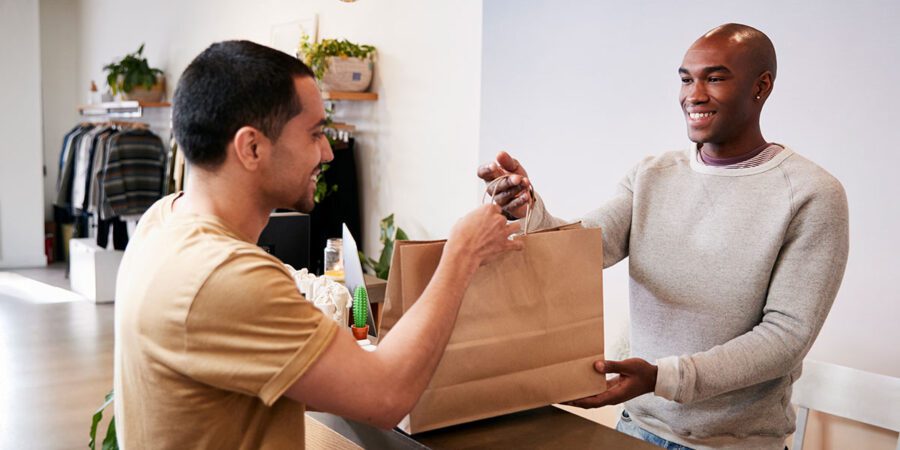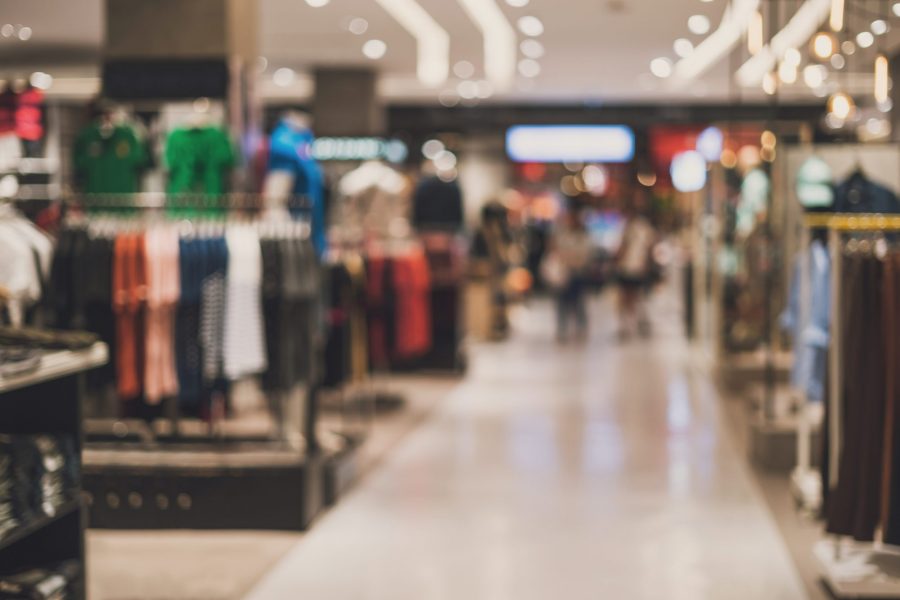
Our Blog
How will 2021 change the way we shop?
Written by: pdm
3 Min Read
Published: January 12, 2021
Updated: December 13, 2022
Although it’s been said many times, 2020 certainly was a most unprecedented year. The impact on retail was particularly hard with shop closures during lockdowns, new measures to ensure social distancing and high volumes of online orders to fulfil. For some retailers, adapting to circumstances meant increasing use of click and collect to help meet customer demand and expectations of a convenient and safe shopping experience.
In recent years, the rise in online shopping was already having an impact on parcel delivery volumes. Ofcom’s 2019/20 report showed a total parcel volume increase in the UK of eight per cent year-on-year – a staggering 2.8 billion delivered items – while Royal Mail saw a 31 per cent increase in parcel volumes in the first six months of the current financial year.
2020: a year in deliveries
As the UK grappled with the first lockdown, IMRG revealed that online sales rose by 22 per cent in the first week of April, compared to the same time last year but by August, online sales were up over 46 per cent compared to February.
By the time autumn, and the start of the festive shopping period, rolled around John Lewis was talking about online Black Friday spending that would break previous records, with sales up 35 per cent.
Throughout, supermarkets worked to increase capacity to meet demand with a larger number of delivery slots and the rollout of click and collect services.
Click and collect
Across retail, click and collect was already growing in popularity in recent years. In 2019, the number of UK buyers using such services was forecast to rise by over eight per cent, while nearly one-third (31 per cent) of online shoppers reported recently that they use click and collect at least once a month.
Combining the convenience of online shopping with the in-store benefit of getting hold of items quickly, click and collect can help overcome some of the problems associated with deliveries. These include shoppers being unavailable when deliveries are attempted and goods getting lost or going missing – a problem experienced by a fifth of respondents to Quadient’s shoppers’ survey.
Parcel lockers for deliveries and returns
Even in normal circumstances, home delivery may be a less convenient option for online shoppers out during the day. In such cases, having the option to collect a parcel from a pick-up point at the retail store, and to drop off returns in the same way, can suit customer lifestyles.
For retailers managing collections and returns, secure parcel lockers can provide a quick and convenient self-serve option for customers. Once a parcel is ready, the customer is automatically notified by email or other electronic means and are sent a unique PIN and barcode. At the lockers, face-to-face contact is reduced as customers collect their parcels or drop off their returns without the need to be served by staff.
Parcel lockers at the store consolidate deliveries, easing the burden of multiple journeys to make deliveries to customer addresses, together with a corresponding reduction in environmental impact.
As 2021 gets underway, there are expectations around how shopping habits will evolve and how retail will adapt to meet a range of challenges. One thing is clear, the need to manage deliveries and returns in response to the online shopping boom will continue. Simple and effective parcel pick-up and returns help address issues faced by customers for whom deliveries pose a problem and can help retailers meet customers’ expectations online.
For more information see parcel locker solutions. You can also access the white paper on the evolving landscape of last-mile parcel delivery in retail.



